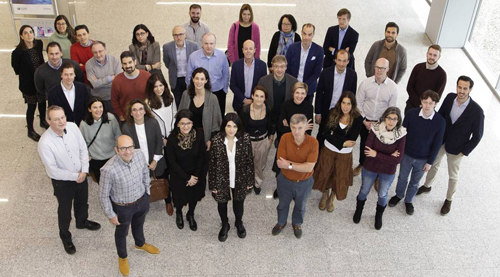
In total, 14 European institutions from 5 different countries participate in this initiative led by Clínica Universidad de Navarra. The project has a budget of € 8 million which are provided by the European Commission within the Horizon 2020 Program.
With around 18 million deaths each year –4 million in Europe-, cardiovascular diseases are the leading cause of death worldwide. It is true that, in recent years, mortality due to this kind of diseases have decreased, but still 49 million people living in the European Union (EU) suffers from one of those diseases.
Among the different types of cardiovascular diseases, the most frequent is the coronary artery disease or the ischemic heart disease, which blocks the arteries of the heart and prevents sufficient flow of blood and oxygen. This chronic disease generates a health expenditure of about € 59 billion in the EU.
Cardiac regeneration as a therapeutic alternative
“Each patient has a different type of heart attack. It depends on the affected part of the heart and the intensity of the injury. With the BRAVƎ project, we seek to provide patients with personalized and lasting ventricular assistance. To do so, we aim to design a device-generated with the patient stem cells that we can couple to his diseased heart,” states Felipe Prósper, the researcher in charge of the project.
The expert talks about BioVAD, a device that seeks to replace the current mechanical methods of cardiac ventricular assistance, used for patients in need of a heart transplant, with temporary heart failures or that have undergone heart surgeries. The biggest downside of conventional methods is that they are not a lasting therapeutic solution, since they rarely exceed five years of useful life, and their implantation requires generally open-heart surgeries that have significant associated risks.
For the EU BRAVƎ project, the experts will not only use the most advanced technology in 3D printing to develop new biomaterials, but they will also use computer models to reproduce the functionality and biomechanics of the human heart. Thanks to this, the researchers will be able to replicate cardiac cells created from stem cells with the characteristics of each patient’s heart.





